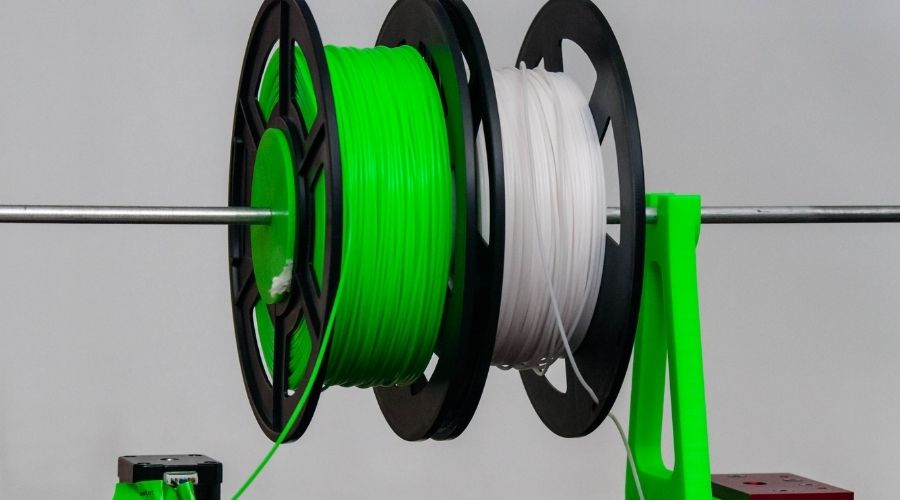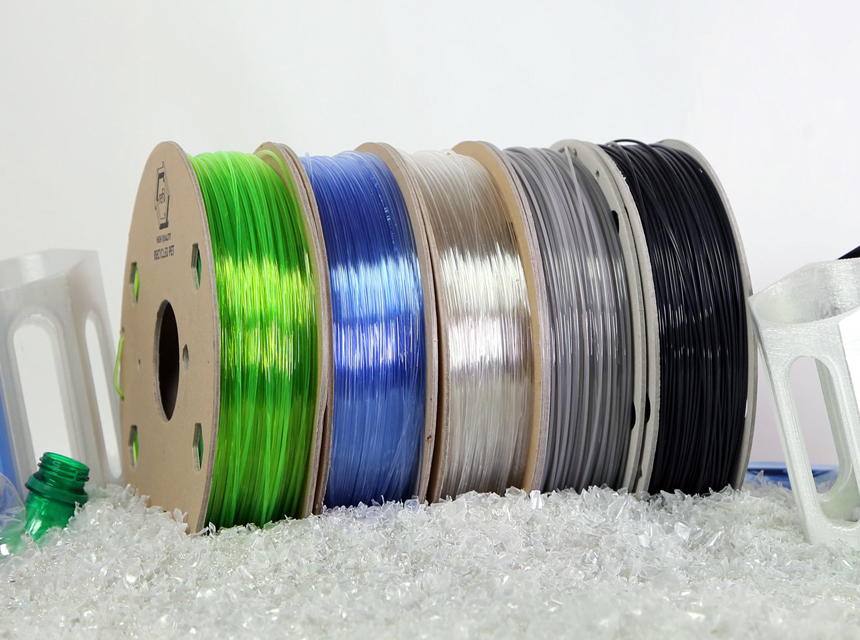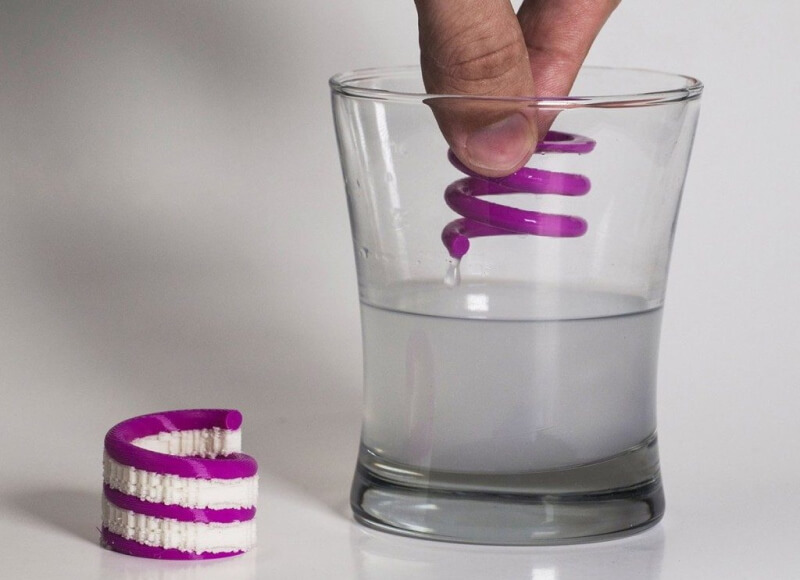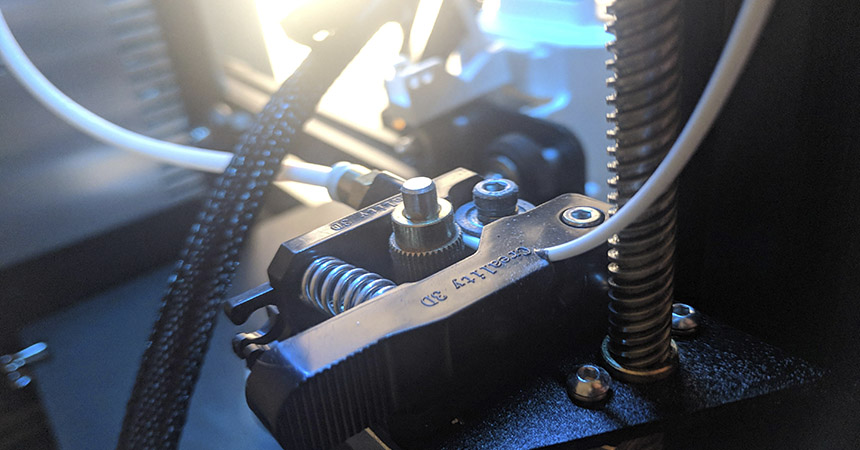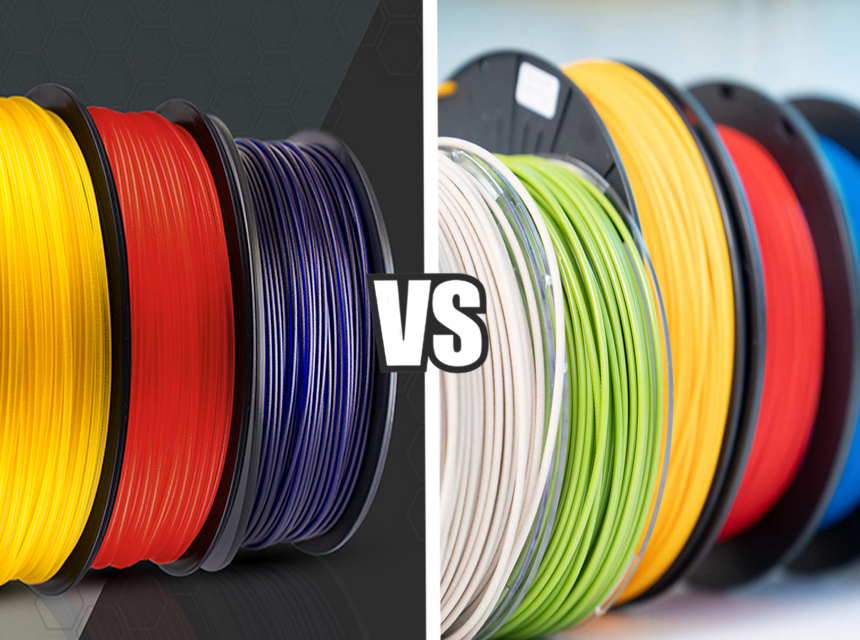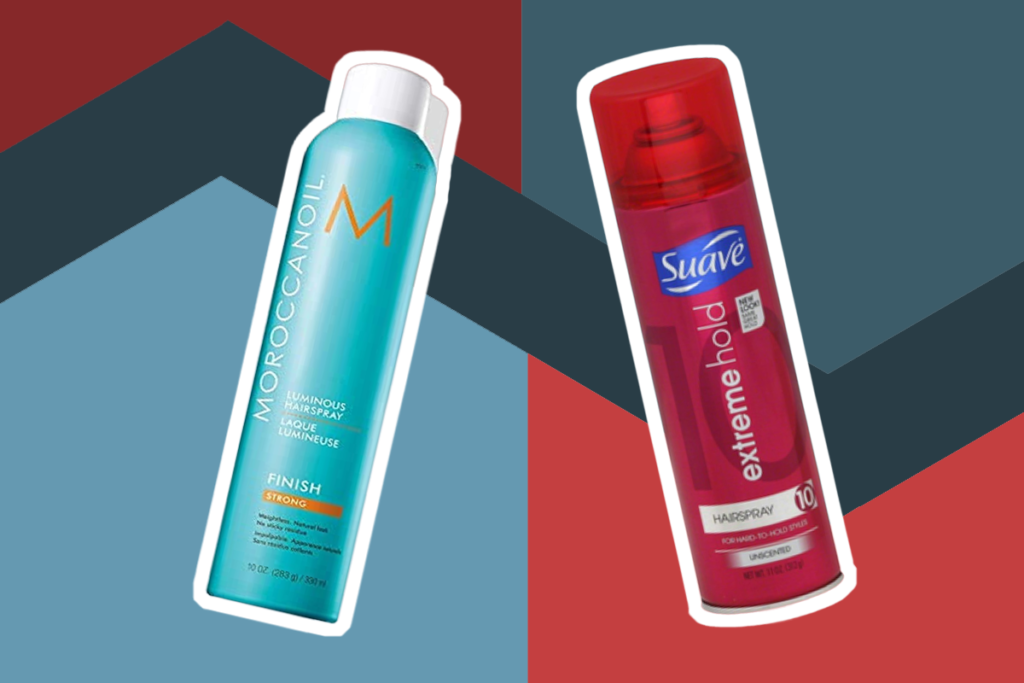

PLA plastic is known to be rigid, it doesn’t bend like ABS, and as a result, easily breaks if too much force is applied. Though many manufacturers say their glue is perfect, it is still difficult to find a high-quality product that won’t ruin the design of a 3D model. Also, some types of glue are designed only for specific purposes, while others can cause much hassle in use. This is why we came up with the list of the best glues for PLA so you can make the right choice.
We chose 23 products to select 7 best of the best. The GLUE MASTERS Cyanoacrylate (CA) Super Glue is our Editor’s Choice. We included different types of glue, but most of them can be applied without special equipment for your convenience. We also checked their drying time and made sure these glues are strong.
GLUE MASTERS Cyanoacrylate (CA) Super Glue was nominated as our Editor’s Choice thanks to its great efficiency and ease of use. With a set time of 15 seconds and curing of 60 seconds, the glue will do its work just in minutes! It can be applied with a bottle tip for better precision. Like all cyanoacrylate adhesives, it has a strong smell, however, this can be solved by wearing a mask and working in a ventilated room. Finally, no special preparation is required and the glue proved to be really strong, holding PLA pieces together tightly. You can choose 2oz, 8oz, or 16oz bottles.
Like the J-B Weld, the third on our list, this glue features a medium-sized applicator, which makes using it a breeze. Despite the strong smell, it offers reliable adhesion, fast setting, and ease of use. All that makes it worth buying.
J-B Weld Pro Size ClearWeld 5 Minute Set Epoxy is the Best Epoxy you can buy for gluing PLA. It takes about 5 minutes to set and about 60 minutes to cure. Before using, mix it in a 1:1 ratio. One of the epoxy benefits is that it is compatible with many materials and surfaces that are not flat. However, when gluing flexible materials, you’ll end up with a rigid seam. It has an impressive tensile strength of 3900 PSI, which is extremely strong. In addition, it comes in three volumes of 8 oz. and 14 or 25 ml.
Since the main disadvantage that can be found in the J-B Weld Pro Size ClearWeld 5 Minute Set Epoxy is the strong smell, it is best compared with the GLUE MASTERS Professional Grade Cyanoacrylate (CA) Super Glue, which has the same problem. Though it can easily be solved with the help of a mask. The strongest adhesion and invisible finish it offers outshine the problem with the smell.
The Gorilla Original Gorilla Glue is an excellent polyurethane glue for PLA that creates a strong bond. It takes 15 minutes to set and 24 hours to cure. The application doesn’t require any preparation as it can be applied right from the bottle with its convenient tip. The only downside is the strong smell so it is advisable to wear a mask when using it. The glue is sold in a range of sizes, so you can choose a bottle from 2oz up to 36oz. Moreover, it is waterproof, which makes it suitable for various applications, including outdoor projects. On the whole, the Gorilla Original Gorilla Glue is a great versatile PLA glue.
Keep in mind that the applicator on the Gorilla Original Gorilla Glue is small. If we compare the Topenca Craft Liquid Silicone Glue and the Gorilla Original Gorilla Glue, we can see that they both have applicators of small sizes. As a result, it can cause some difficulties when applying, though, considering the waterproof properties of the Gorilla Original Gorilla Glue, the small size becomes a moot point.
If you are looking for glue that can be used with a hot glue gun, the AdTech 10-inch Hot Sticks are a perfect choice. There are about 90 sticks in a box so you won’t have to worry about suddenly running out of glue. It is also super-fast, taking about 30 seconds to stick PLA parts together. The only downside is the smell, however, it is not very strong. On the whole, you can get a great product at a reasonable price.
Keep in mind that these hot sticks are designed for use only with a glue gun, and if you don’t have one, you’ll have to spend a little more to buy the equipment. However, with these easy-to-use hot sticks, you can take your crafting to the next level and so you’ll never regret your purchase.
Despite being not glue, it is still a great option to bind PLA pieces for 3D crafting. With the MYNT3D Super 3D Pen, you’ll be able to draw lines that firmly connect your PLA parts. But unlike a regular pen, it uses ABS or PLA plastic filaments as “ink”. It is ideal for creating invisible seams as you can apply the same filaments for printing and binding. And if you want to add colors and fun to your 3D crafting, you may want to look at our list of the best rainbow filaments. In addition, the pen creates joints that harden in seconds, allowing you to speed up the process of gluing.
Despite the MYNT3D Super 3D Pen doesn’t come in a form of adhesive, it is still perfect for those who want to keep the printed parts together without all that hassle of glue. Like the other 3D pens from the manufacturer, it is pricey so you should be ready to pay about 60 dollars. However, no unpleasant smell and convenience use justify the cost.
The next great choice on our list is the WELD-ON 10244 773 ABS Cement. It works quickly, setting just in 3 minutes, and creates very durable adhesion. One more advantage of this glue is its mild smell, so if you are sensitive to strong smells, this is your best bet. No one’s perfect, so there is a disadvantage to this glue too. It leaves a visible seam. So if you are seeking a perfect, invisible finish, you should keep this in mind before making a final decision. On the other hand, the glue offers excellent, solid bond for a nice price.
The plumber’s cement is known to have visible seams. So it is expected from the WELD-ON 10244 773 ABS. Despite that, it has a mild smell and strong bond. So it is still a great purchase for any crafting enthusiast. With this glue, you can be sure that nothing will come apart.
The Topenca Craft Liquid Silicone Glue is your reliable companion for gluing PLA. All silicone glues require some time for setting, so it is better to fix PLA pieces after you’ve applied it. Fortunately, the glue has a mild smell, so working with it won’t cause any discomfort. With a convenient tip on the bottle, applying it also will be a breeze. The bottle contains 8oz of glue which is enough for many projects.
If you don’t care about how long it can take a glue to set, then the Topenca Craft Liquid Silicone Glue is your choice. Having a small applicator similar to one the Gorilla Original Gorilla Glue has, it still doesn’t attack you with a chemical smell, which is always a big plus for any PLA glue.
If you are going to buy glue for PLA parts, there are several factors you should take into account. First of all, the glue should be capable of gluing rigid plastic. Secondly, the glue should be easy to use and don’t leave too many residues. Thirdly, you probably want glue that will leave clear seams that won’t spoil the looks of your 3D masterpiece. Finally, the glue should provide strong and reliable adhesion between the PLA parts. Now let’s take a closer look.
Different glue types for PLA have different drying time. Some dry in minutes, while others can dry for hours. This is why you should always read the instructions on the label. Giving the glue enough time to dry completely ensures that your 3D crafting won’t come apart after some time. In case glue has a long drying time, it is recommended to use clamps that will help to keep the parts together and improve adhesion.
Some glues are fragile so they can’t withstand flexing, while others are designed to be more elastic allowing you to stretch them and avoid breaking at the same time. Before buying glue for PLA, think of the project you are going to use it for and what level of flexibility you’ll need. If it is the kind of project that requires a lot of flexing, opt for glue that is elastic. On the other hand, if the project doesn’t require flexibility, less elastic glue will do.
Most PLA glues have a specific smell, however, they all are different in strength. Some of them are more pungent, while others are mild. This is especially important if you are sensitive to chemical smells or going to work in a small room. Epoxy glues are known to have a stronger smell in comparison with other glues, so if you are looking for a product that won’t bother you with smell, this is not the best option.
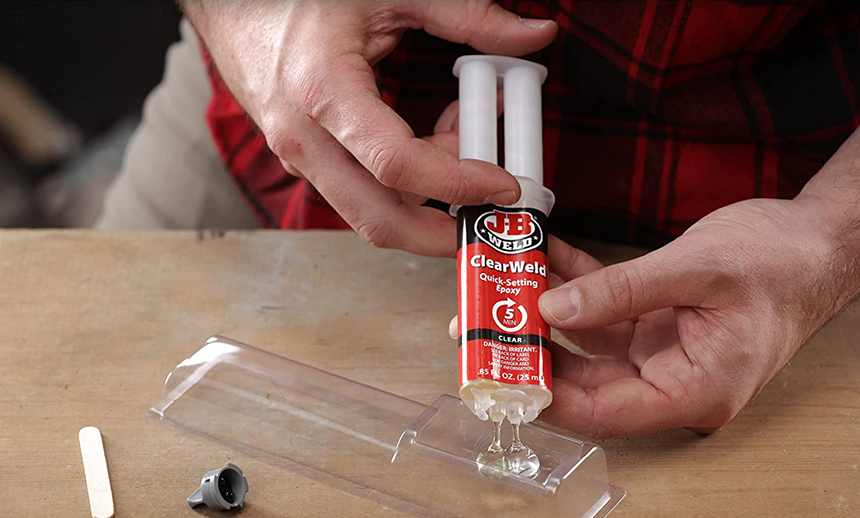
Another aspect you should consider when making your choice is the viscosity of the glue, which can be determined as the resistance to flow. The higher it is, the thicker the texture of the glue, which results in higher resistance to flowing. This factor determines how easy the glue is to use. The glue with a high viscosity is more difficult to distribute, while a low viscosity makes spreading the adhesive easy. This is why glues with high viscosity are recommended for gluing heavier parts, while glues with low viscosity are better for gluing lightweight parts.
You can find several types of glues for PLA on the market, all of them claiming to do the job perfectly. But which one to choose? Different types of PLA glues are designed for different cases of application. To help you make an informed decision and choose the glue suitable for your needs, we came up with a list of glue types each described in detail.
Superglue is praised among crafting enthusiasts for its versatility, as it can be used for multiple projects, as well as for gluing PLA. The strong bond and quick drying time are also among its main advantages. Plus, its seams are usually thin and neat, which makes it an ideal choice for gluing 3D parts.
Keep in mind that before applying superglue, you should take care of the surface’s cleanliness. Dust, grease, and dirt affect the adhesive properties of the glue and can result in poor sticking.
Superglue can also make the surface sticky and hard to clean.
Epoxy is one of the strongest glues that works with various materials from metal and ceramic to plastic and glass. In addition, it can withstand heat and moisture, which makes it multipurpose and perfect for outdoor use.
Epoxy is also known to have extremely strong adhesive properties, being able to glue different materials. This quality makes it an ideal choice for use with PLA, glass, or even metal. On top of that, epoxy features a clear finish, so you shouldn’t worry about the appearance of your creation.
Still, there are several important things you should remember when using epoxy for your PLA project. First of all, use a moderate amount of glue. If you apply too much glue, the joint will become weak, and in contrast, too little glue will be not enough to create a solid bond. Also, before using the final product, make sure the glue is fully cured. Otherwise, you may end up with parts that fall apart.
Before applying the glue to PLA pieces you should blend the two elements of epoxy. It is important to bring them to a uniform consistency. After that, spread it over the surface and leave it to dry. Additionally, you can use clamps or other objects that will add pressure for holding the pieces tight until the epoxy cures.
The process of curing can take from several minutes to several hours, depending on the glue’s performance. After that, make sure the glue is cured and remove the clamps. Finally, the bond is ready!
The next excellent adhesive for PLA parts is hot glue. This type of glue is used with a glue gun and provides a great bond in combination with quick drying time. Besides, it is very easy to use. All you need to do is to apply a drop of glue to the surface, join the two parts, and wait. The glue will set just in seconds.
The only disadvantage that can be found when using this glue is the thickness of the seam. So if you are trying to get a thin seam between the two parts, this is probably not the best option. On the whole, it is effective glue that is perfect for PLA.
Plumber’s cement is a fast-drying adhesive with a solid finish and a curing time of about 30 minutes. After drying, it becomes resistant to liquids and temperatures up to 150°F. Nevertheless, it typically has a chick and colored seam, so if you are seeking a perfect invisible finish, then you may need another type of glue. You can apply it with a brush for convenience.
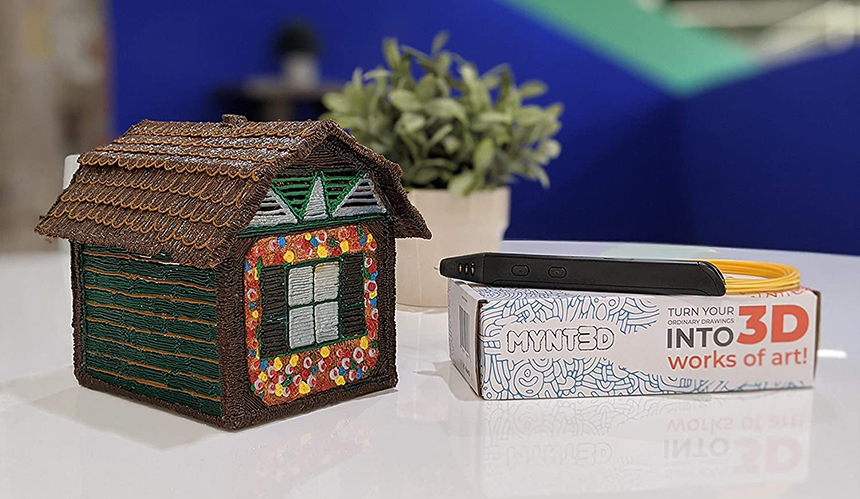
3D pen is the most entertaining way to glue PLA parts. It is also one of the easiest tools to use, allowing you to avoid all the sticky hassle with glue. Being easy to control, it will also help you to achieve the best results. Safety is the nest benefit of a 3D pen because it works without emitting chemical fumes. It allows using the same filament that you have used for printing your 3D model which results in an invisible seam and perfect finish. However, you may struggle with the strength of the bond it creates. If you are going to glue heavy parts or need very strong adhesion, you’d better consider the other types of glue.
As the name implies, silicone glue consists of silicone. It is popular for its clear finish, water resistance ability, and rubbery properties. In addition to creating durable adhesion, it is non-toxic and safe, so you can be sure it won’t harm you or your PLA parts. On the other hand, it can be tricky to use in comparison with the other glue types.
Before using silicone glue, check whether the surface you are going to stick is clean and dry. It will be convenient to use a brush or applicator to apply glue neatly. Keep in mind that silicone glue takes some time to set and cure, so it is advisable to use clamps or another weight to hold the pieces tightly till the glue dries and sets.
The difference between PLA and ABS, another popular 3D filament, is that the latter is more durable, making it perfect for projects where the product will be exposed to wear and tear. Another difference is that ABS is based on petroleum, so it is not environmentally friendly as PLA. Also, having a higher shrinkage rate than PLA, ABS doesn’t provide high dimension accuracy. However, if ABS is just what you need for your project, you can check our guide with the best ABS filaments.
Another useful piece of advice is to wear gloves. This way you can protect your skin and avoid trouble trying to remove the glue. In case you already get glue on your skin, wash it with warm water and soap, you can also use vegetable oil to remove a sticky residue. Some glues can irritate your skin, so it is better to prevent getting it on the skin in the first place.
Our Editor’s Choice, GLUE MASTERS Cyanoacrylate (CA) Super Glue, is your reliable aid for gluing PLA parts. The glue works in seconds so it will dry even before you know it. Besides, the seams it creates are neat and thin so you don’t have to worry about the final looks of your 3D masterpiece.
Our second pick is J-B Weld Pro Size ClearWeld 5 Minute Set Epoxy. Though it requires a little bit more work, it provides perfect results and works with multiple materials. Its finish can be colored after drying down. The only disadvantage is the setting time as it is considerably longer in comparison with the two latter products. Also, using epoxy requires some preparation: you should mix its two components.
One more pick worth mentioning is the AdTech 10-inch Hot Sticks. It is ideal for those who are used to working with a hot glue gun. With it, you can get perfect results effortlessly and in no time. The only problem with the product is that the seams can be thicker than expected. On the other hand, not all projects require thin seams.
As you can see, choosing the right glue for PLA can be a real challenge. There are a lot of factors you should take into account. Hopefully, with our guide, the decision comes easy and you will find a perfect option that will satisfy your needs.
